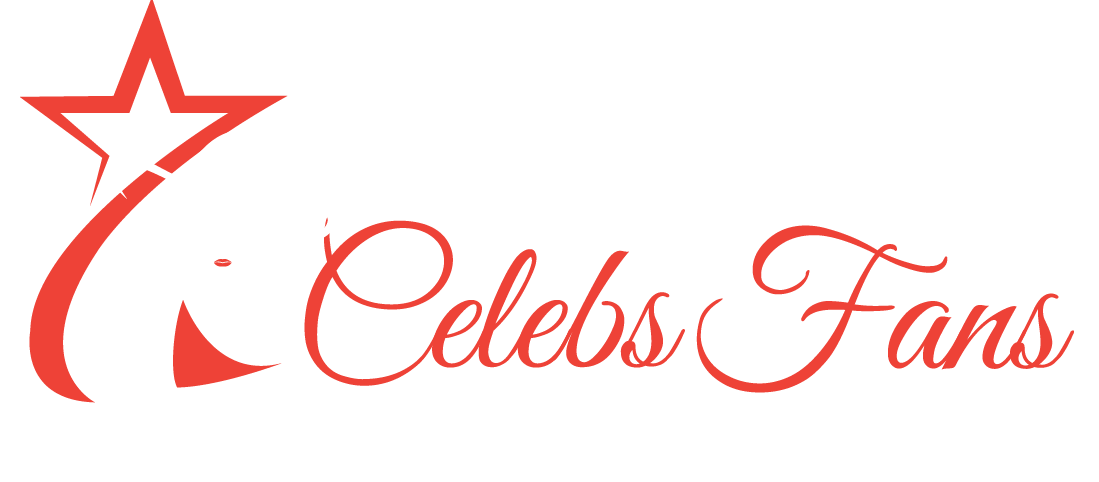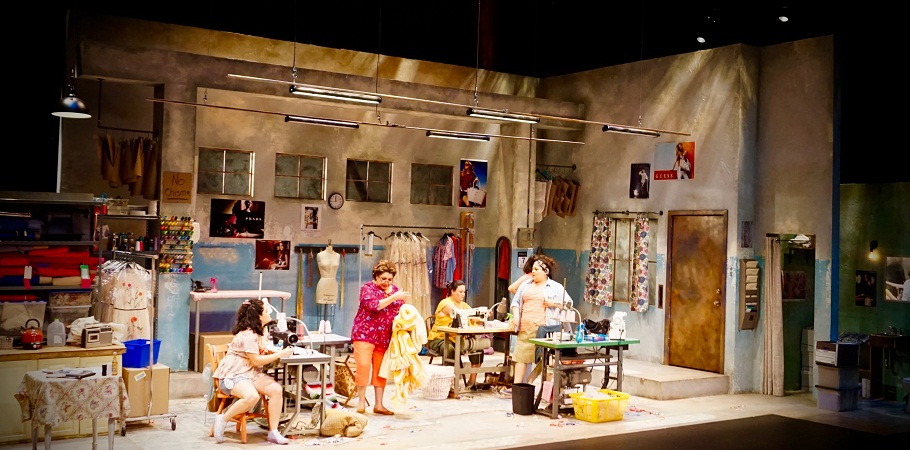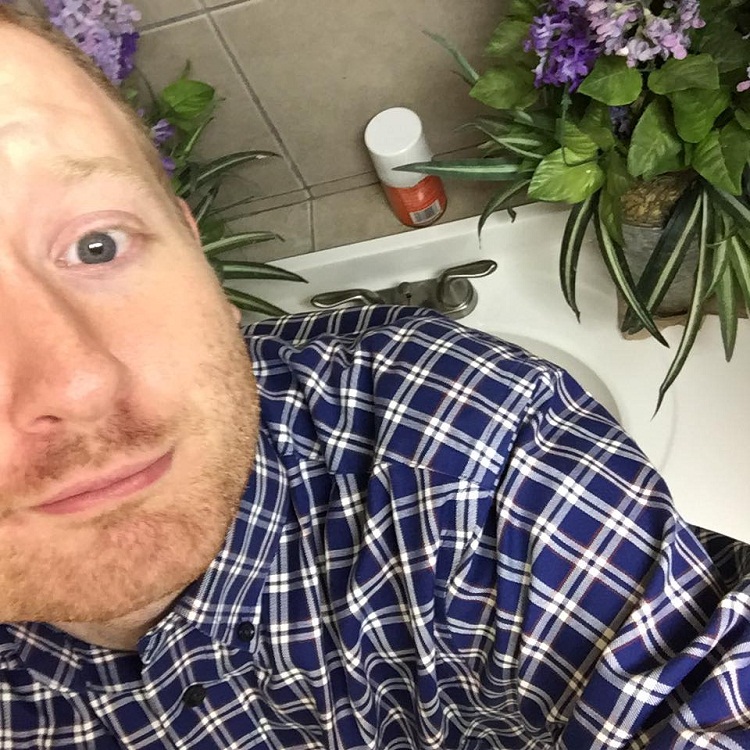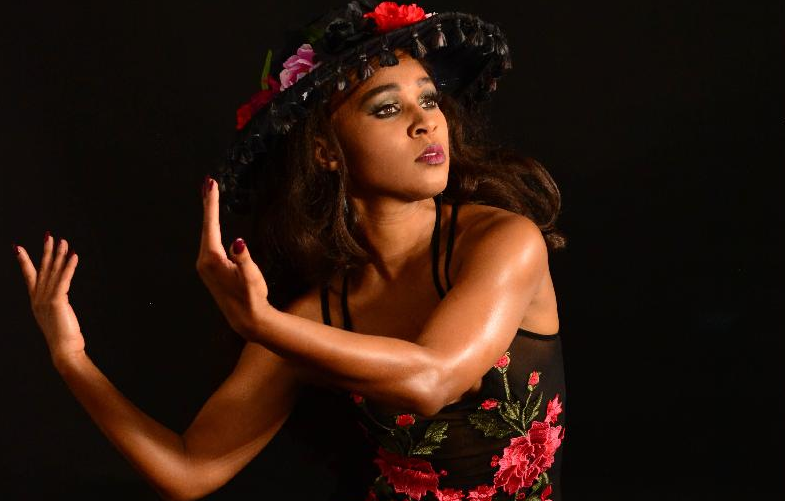From Bollywood to Hollywood. Ritika Ramesh could say that but although she grew up in Mumbai, India, which makes more films than Hollywood each year, she actually started out as an architect, not a Production Designer. She told us that she was always enticed by TV and films and she loved to scrutinize every story, script and scene in every production that she had seen since she was a young girl. The idea to pursue a career in the movie business and to merge her architectural background with her interest in Applied Arts pulled her 8,700 miles from Mumbai all the way to Los Angeles. Once she received a Master of Arts degree from California Institute of the Arts she hit the road to Hollywood, all 27 miles of it, and began working steadily as a Production Designer on films and ad films.
What does a Production Designer do, exactly? Good question, Billy. A Production Designer is the person who is responsible for the overall look of the film. He or she reads the script and breaks it down into its individual scenes and works with the director and cinematographer to make decisions on what direction the visual look of the film should go. That is, Does the set and its colors fit the time period of the story, does the set and the characters’ costumes fit the story and location, etc.? Does the Production designer’s concepts for the look of the film enable the movie to flow smoothly without drawing attention to itself? There are many more questions but you get the idea.
Once Ritika’s sketches and renderings and color schemes, etc. are agreed to by the director then her art department and art directors, along with graphic designers, costume designers, lighting department and set designers get to work and turn them into a reality. Everything that is in view of the camera’s lens is there for a purpose and is there because the Production designer felt it was a needed element in the scene to make it more believable or to make the scene flow smoothly. Feature-length motion pictures have large art departments in order to finish all the work within budget and on schedule for shooting. Smaller films, as Ritika would tell you, will definitely have smaller teams because there budgets are lower, but they all are pushing for the same result: a seamless set that looks natural enough to be real.




